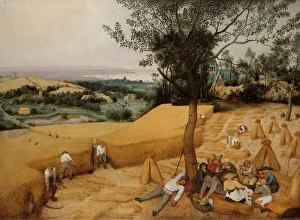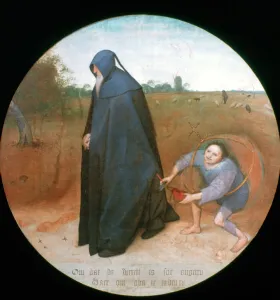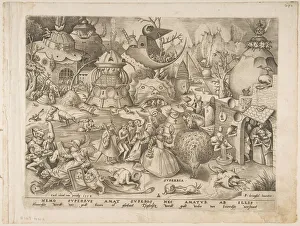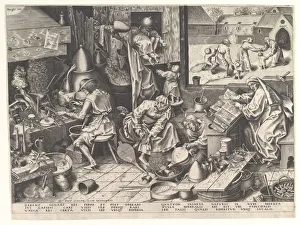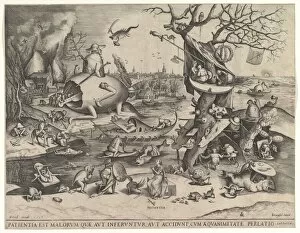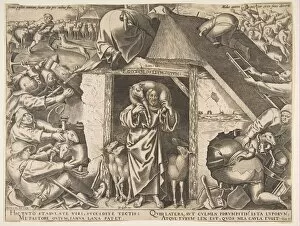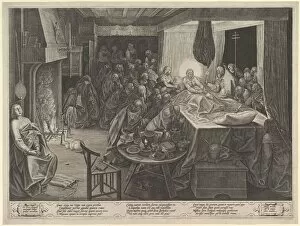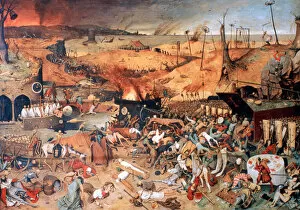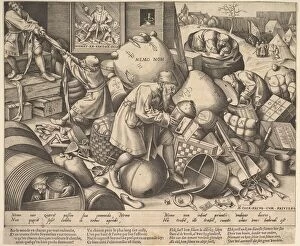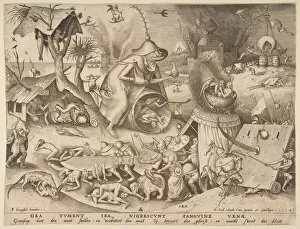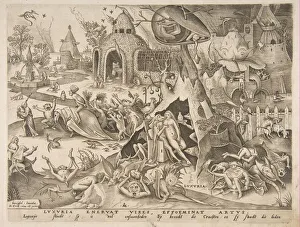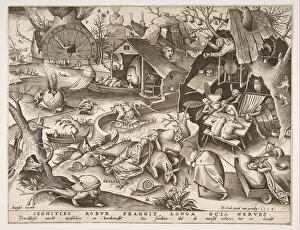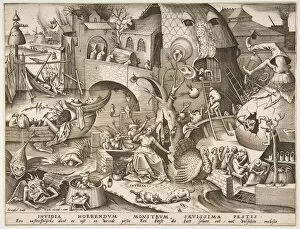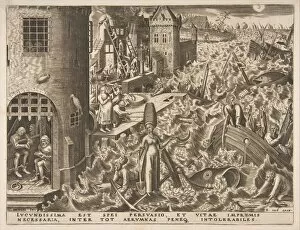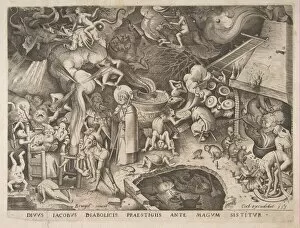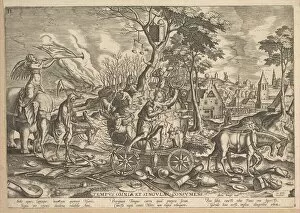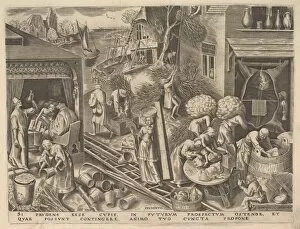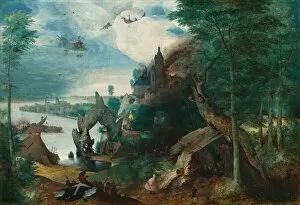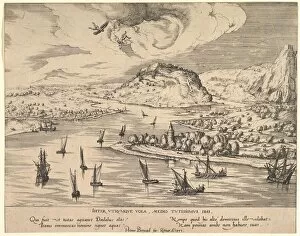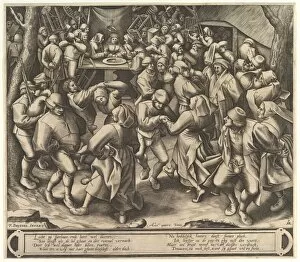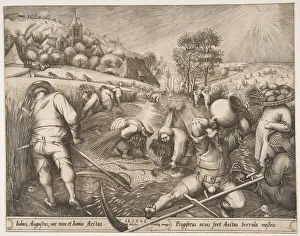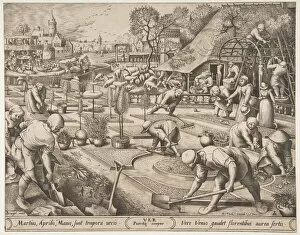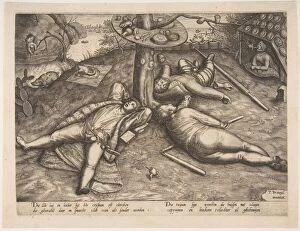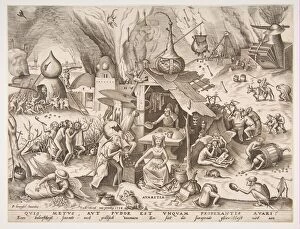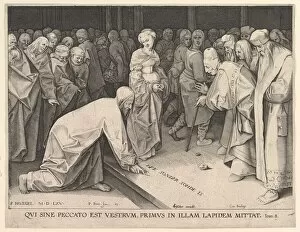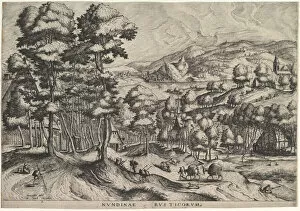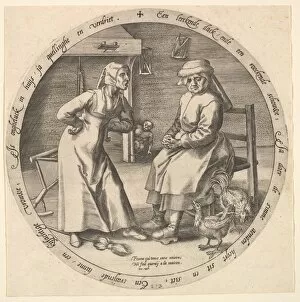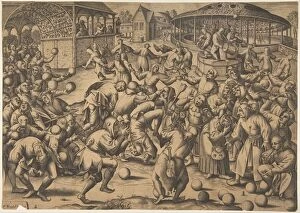Peter Brueghel Collection
Peter Brueghel, a renowned artist of the 16th century, captured the essence of human emotions and societal complexities through his masterful works
All Professionally Made to Order for Quick Shipping
Peter Brueghel, a renowned artist of the 16th century, captured the essence of human emotions and societal complexities through his masterful works. In "Dulle Griet (Mad Meg), " he portrays a fierce and determined woman amidst chaos, symbolizing the strength and resilience of women in a male-dominated world. "The Harvesters" depicts the toil and labor of peasants during harvest season, highlighting their connection with nature and their indispensable role in society. In "Whatever I do, I do not Repent, I Keep Pissing against the Moon, " Brueghel challenges societal norms by depicting an act that defies expectations. This provocative piece invites viewers to question established conventions and embrace individuality. Brueghel's collaboration with Pieter van der Heyden resulted in thought-provoking pieces such as "Patience (Patientia)" and "Pride (Superbia) from The Seven Deadly Sins. " These artworks explore contrasting virtues and vices within humanity, reminding us of our inherent flaws while urging us towards self-improvement. "The Peasant Dance" captures the joyous spirit of communal celebrations amidst humble surroundings. Through lively brushstrokes and vibrant colors, Brueghel immortalizes moments of unity among ordinary people. In "Misanthrope, " Brueghel delves into darker themes by portraying a solitary figure detached from society. This introspective artwork prompts reflection on human isolation and alienation. Religious narratives also found expression in Brueghel's artistry. In Philip Galle's engraving titled "The Parable of the Good Shepherd, " we witness compassion personified through Christ's care for his flock. Conversely, Galle's depiction of death triumphing over life in "The Triumph of Death" serves as a stark reminder of mortality's inevitability. Collaborating once again with Pieter van der Heyden on "Everyman, " Brueghel explores the universal theme of mortality and the quest for salvation.


